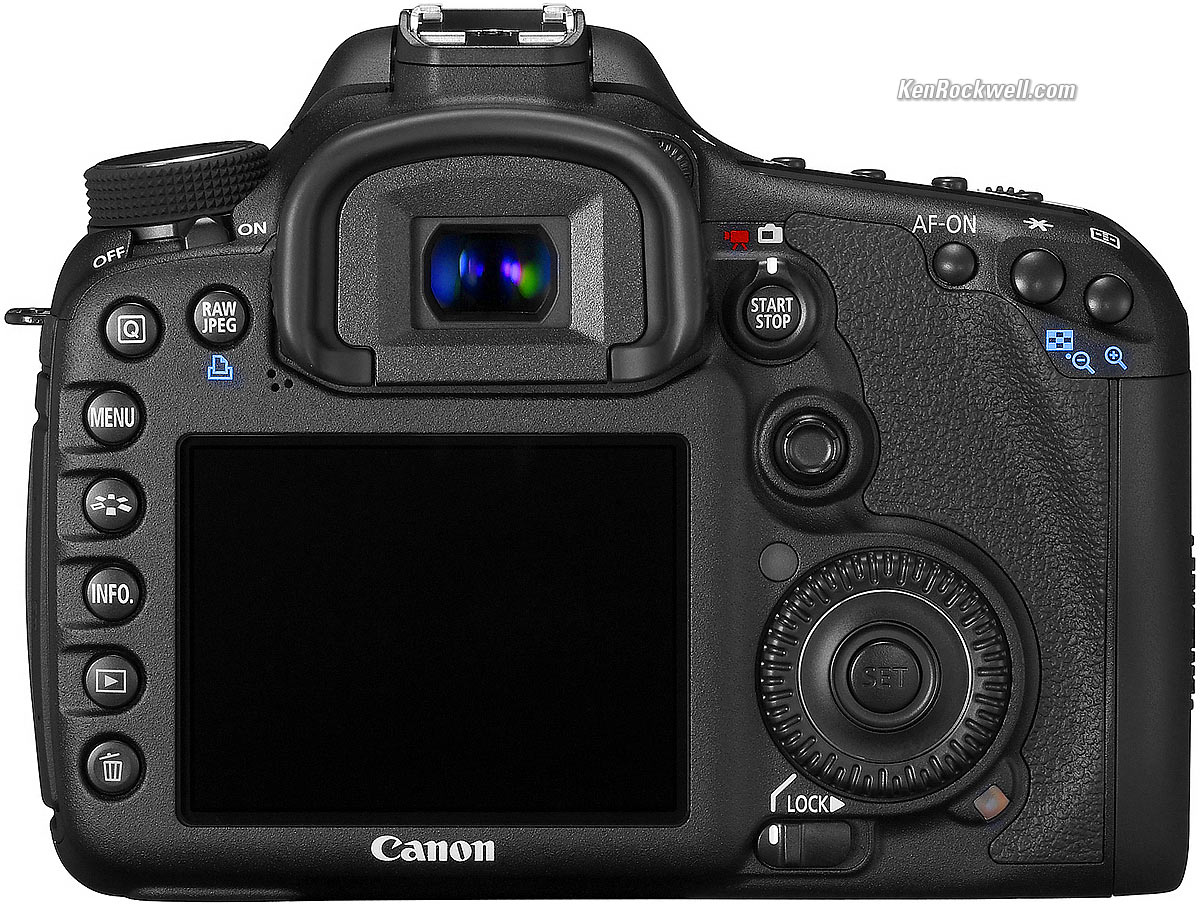
Press to erase the current image, displays an OK / Cancel dialog. The EOS 7D is a shooting priority camera, which means that no matter what is displayed on the rear LCD this will be canceled if any of the camera's photographic functions (example half-pressing the shutter release or AF-ON) are accessed.

Large image + status line (shutter speed, aperture, comp, filename, card).Large image + status line + image size & quality + image number.Press to change the type and level of information shown along with the image (detailed on the displays page) The camera menu is described on the following pages of this preview. Press this button to begin printing of the displayed image on a connected printer. This button by default has no function in shooting mode, however it can be configured to one of five other functions via C.Fn IV-1 or the Q Menu. (Dictated by C.Fn IV-1 or via the Q menu).
#Canon 7d review manual#
This dial can be set to control either aperture or shutter speed when in Manual mode, or to give direct access to AF points. īy default this does nothing but can be configured to give direct selection of AF points either via C.Fn IV-1 or through the Q menu.Ĭanon has abandoned its newcomer-unfriendly 'push the power button beyond On' system, and reverted to giving the quick control dial its own lock switch instead. Which of these three options is shown depends on the choices made in the settings menu. ĭisplays current camera settings / information or virtual horizon. ĭisplays the Picture Style selection / adjustment screen. The camera menu is described on the following pages of this review.

The size and quality of the additional file is defined on the third 'Rec' menu page.Īllows you to directly interact with the camera's settings, via its settings display, as shown above. The camera shoots a RAW or JPEG file in addition to whichever file type it is currently shooting (it has no effect when shooting RAW+JPEG). This allows the user to set the aperture and exposure compensation by choosing how blurry they want the background to be and how light or dark the image should be. The screen gives control over a selection of image settings but, most importantly, gives a results-orientated approach to the shooting parameters. Essentially it gives a beginner-friendly front-end to aperture priority mode. You can use the joystick or dial to select.Ĭreative Auto, which first appeared on the 50D, is the closest that the 7D comes to having a scene mode. Or, by pressing 'SET,' you can enter a screen showing all available options. From here you can either roll the main dial to change a setting. The 'Q' button allows you to navigate the settings display.

This will bring up a dedicated screen, which can again be navigated using the joystick and selected using the 'SET' button. Both methods involve pressing the new 'Q' button then using the dials or joystick to select the option you wish to change, at which point you can either roll the main dial or press 'SET'. This means there are up to three ways of changing settings - for many options you can press a dedicated button and then spin either the front or rear dial, alternatively, there are two ways of using the interactive settings display (the Q Menu). Like many modern DSLRs, the 7D has an interactive settings display panel.

Many users will, however, be dismayed to find that, despite the remarkable level of customization available, there's still no way to assign mirror lock-up to an external button (although turning on live view can be used as a sort of proxy). Other than that most previous EOS users, but especially 5D Mark II shooters, will feel right at home from day one with the 7D. The Direct Print button gains a new function, allowing you to record a RAW or JPEG file in addition to what is currently specified. The On/Off switch has moved from the rear dial on top of the camera, below the mode dial. The main differences are slightly larger buttons (for operation with gloves), the addition of the movie/live view switch/button and the new 'Q' button. The layout of the 7D's rear is pretty similar but not identical to the EOS 5D Mark II.


 0 kommentar(er)
0 kommentar(er)
